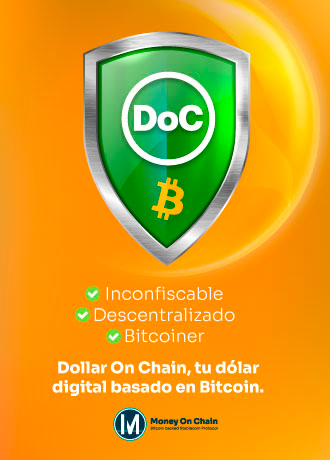Coinbase podría convertirse en el primer intercambio de criptomonedas en cotizar en la bolsa de valores, según explicaron fuentes confidenciales a Reuters, una idea que aún se encuentra en desarrollo por parte del criptointercambio
Tal parece que el intercambio de criptomonedas con sede en San Francisco, Coinbase, tiene planes de lanzarse a la bolsa de valores estadounidense, explica un reporte del New York Times, con información de Reuters, que obtuvo por medio de tres fuentes familiarizadas de la industria.
Según el informe, para que Coinbase sea incluido en el mercado de valores primero necesita la aprobación de la Comisión de Bolsas y Valores de los Estados Unidos (SEC), habitualmente meticulosa y rígida con las empresas y productos ligados a la industria de las criptomonedas, pero de concretarse la autorización, sería un hecho histórico para la industria.
Tanto la SEC como Coinbase, se negaron a realizar comentarios respecto a la información, destaca la publicación, sin embargo, todo parece apuntar a que la inclusión del criptointercambio se estaría realizando para finales de 2020 o principios de 2021, indicaron las fuentes.
De acuerdo al informe, Coinbase fue valorada en más de 8 mil millones de dólares en la ultima ronda privada de recaudación de fondos en 2018, y actualmente se encuentra en conversaciones para contratar bancos de inversión y firmas de abogados, que faciliten el proceso.
Aunque hasta el momento ninguna información se ha oficializado, las fuentes señalaron que Coinbase estaría optando por salir a la bolsa a través de una lista directa, en lugar de una oferta pública inicial (OPV), ya que de esta forma, la compañía no vende acciones y los inversores no están sujetos a restricciones de bloqueo, lo que les permite deshacerse de sus tenencias, indica Reuters.
Coinbase, actualmente cuenta con más de 35 millones de usuarios en todo el mundo, siendo uno de los principales mercados de criptomonedas en cuenta a volumen de comercio, además, recientemente junto a Gemini, se convirtieron en los primeros criptointercambios en recibir servicios financieros por parte del banco americano JPMorgan.







Discussion about this post